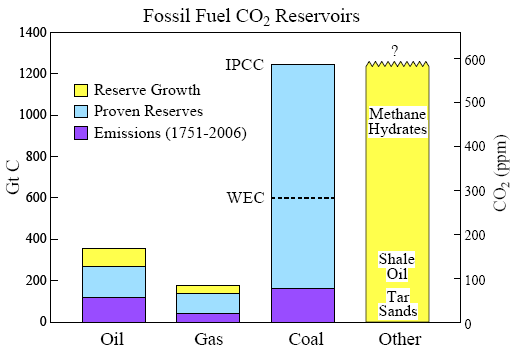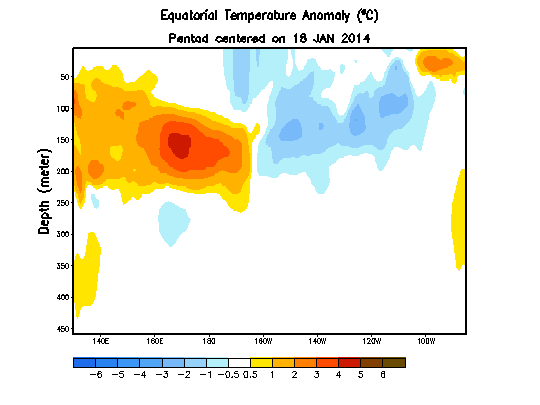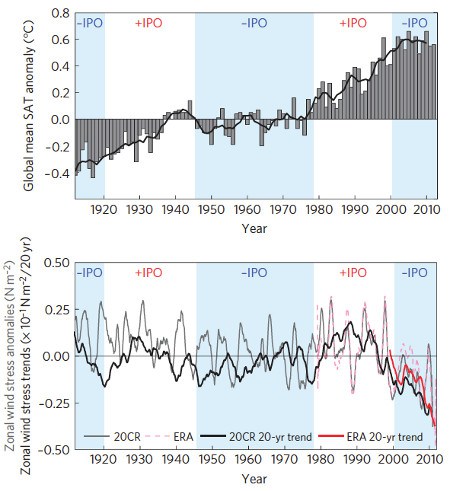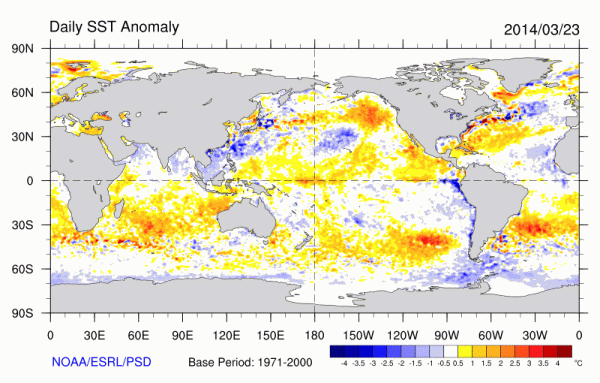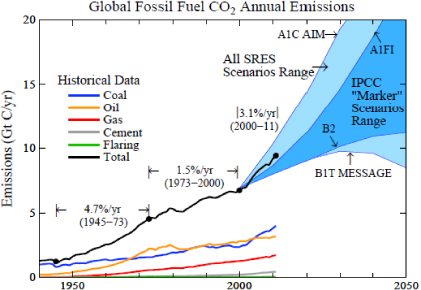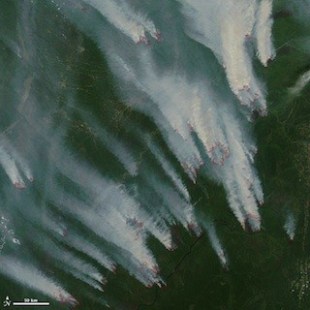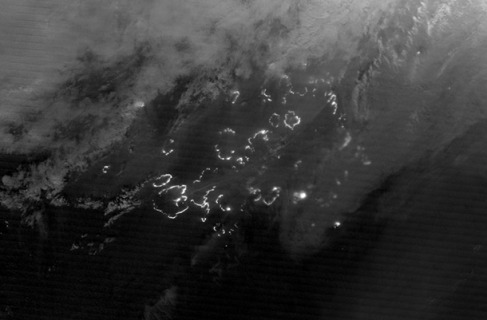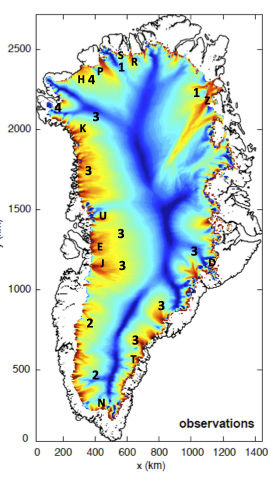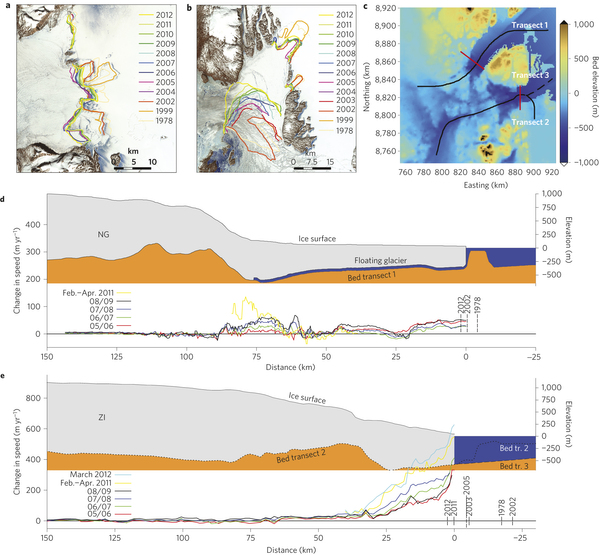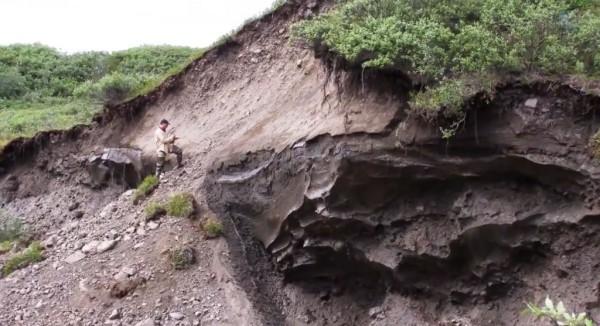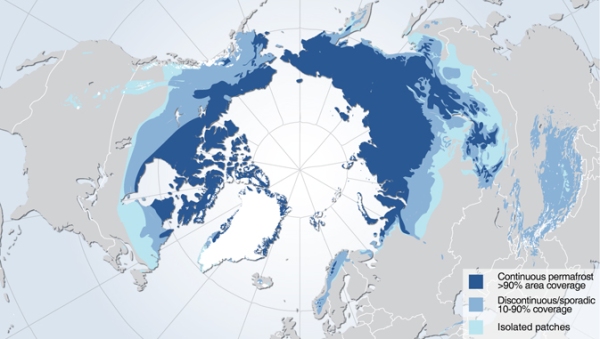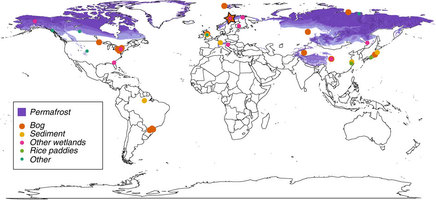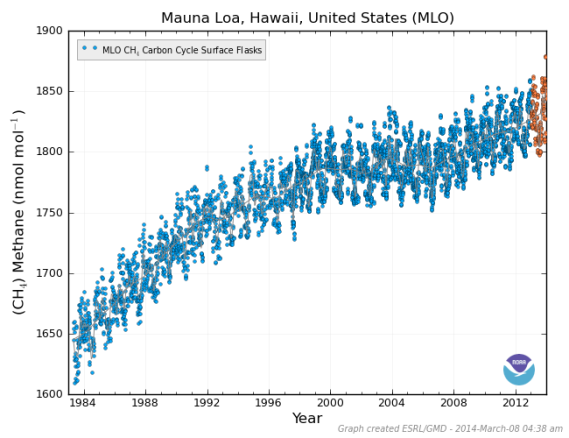(Gigatons of Carbon in various fossil fuel reserves vs amount of carbon already released into the atmosphere. Figure based on 2007 estimates. Wealth for fossil fuel companies, a terrible liability, or a vast threat to life on Earth? Image source: Atmospheric Chemistry, 2007.)
We live in a kind of sad age. An age of constraint by a kind of ideology that seems to believe there’s something wrong with the highest levels of human cooperation. Perhaps, we are justifiably suspicious, as the long history of humankind is filled with a broad wreckage of what could be termed the abuse of nations. But I think it’s fair to say we’ve gotten the calculus somewhat wrong and what we really should be suspicious of is the great accumulation of power by individuals without check or question and not the democratically elected public entities that form our representative government bodies.
For, in short, if the governments are warped, they are by a kind of endemic set of proxy powers, by bullies with big money bags, and by profit-seeking special interest groups. You know, the kind of corporate persons the conservative half of the US Supreme Court is so disturbingly cozy with these days.
If we were to take a classic example, we could look at Stalin. Here we have a man who, on the face of it, claimed to be dedicated to a benevolent equality. But he used that ideology to develop a kind of cult of personality in which he was made an absolute ruler. This was not the egalitarian ideal many envisioned and hoped for. It was, instead, simply a more intense form of the manipulation of political and idea-based systems for personal gain. In the case of Stalin, it resulted in a kind of kingship. A kingship where Stalin effectively twisted the ideals of the day into a kind of justification for his own elevation to the status of a Randian hyper-individual and the development of a kind of monopoly corporate superstate that was mother Russia.
In the case of Soviet Communism, the ideals served the man rather than the man serving the ideal. It is an ugly pattern we see on the large and small scale time and time again throughout human history. And, from a systems sustainability perspective, this is a huge problem. In particular, the problem arises when individualism all too readily teeters into an irresponsible narcissism that generates personal gain through the infliction of harm.
Modern Oligarchies, Dictators and Kings
In the current age, we suffer no less from our dictators. In the west, we have our oligarchs — the Koch Brothers, Rupert Murdoch, various fossil fuel company CEOs and boards of directors along with a long list of narcissistic and destructive billionaires — whose endless search for ever-increasing personal power causes vast social upheaval and environmental destruction. Around the world, we can see a similar array of destructively self-interested characters from the leaders of increasingly rogue globalized corporations to various dictators who have finagled autocratic or dictatorial rule over entire nations.
(An image all-too familiar in our age: massive aerosol, toxin, and CO2e smokestack emission.)
In essence, it boils down to the old problem of kings the American and French revolutionaries were so passionate to expunge. The problem, now, is that the kings have different names and titles. They masquerade as things other than kings. But kings, in essence, they remain and their terms are often life-long investitures.
This is not to say that the good queen or king doesn’t pop up now and then. But the king that uses a phenomenal accumulation of wealth and power not in the service of his narrow personal interests, but in the pursuit of a broader good is a rare, rare kind of person. The kind of person who has already given up a share of their power to something other than themselves. Who understand that power is only worthwhile when it is not taken in service of the self, but of others. And today that definition could well be expanded to the service both of other, less fortunate humans, and of other life on this world.
The problem is that, all too often, waiting for these kinds of kings to emerge is a futile endeavor. Does the broader human population pin its hopes on the good king or queen? The one who will recognize problems and expend resources to solve them? Or does broader human population, having suffered a long series of insults and, now being pushed over the brink of environmental catastrophe, depose the bad kings and put in place cooperation-based laws and leadership that ensure a just progress and provide some hope of confronting what is, perhaps, the most enormous difficulty humans and life on this world has ever experienced?
What I am suggesting is a kind of democratic and legally justified overthrow of the greed-driven personal profit motive as it relates to the current and coming environmental harm. A setting in place of a new system of values that may (and this may is a very qualified may) save us from the catastrophe we can most certainly lay at the feet of our entirely irresponsible corporate and dictatorial kings…
The Climate Emergency Protocol — Legal Justification For Holding Fossil Fuel Companies, Corporate or National, as Liable for Large-Scale Harms Inflicted
At issue here is the niggling problem of combined profit motive, total global fossil fuel reserves, property rights and the strange notion that is limited liability.
For under Friedman we assume that the only moral value of a corporation is to pursue profit. In such a case, a corporation is morally justified in dumping poisons into rivers, oceans and atmospheres for the temporary benefit that is profit for share holders.
For in the understanding that is our current observation of proven, possible, and unproven fossil fuel reserves, and given that we’ve already dumped enough carbon into the atmosphere to set off catastrophic events, we know that the vast volume of these reserves if unleashed into the atmosphere would multiply our current catastrophe manifold. In such a case, most of these reserves need to remain in the ground if we are to have any hope of a livable climate.
For under property rights, we understand that these corporations and shareholders, who by their own twisted morality are bound to seek short-term individual profit by wrecking our climate, claim as legitimate their ownership and pursuit of the means of our destruction. In such a case, corporations claim moral rights to profit from a vast and ever-expanding harm that they inflict, unwittingly or cynically, upon themselves and the rest of us. Such a blatant twisting of morality is, possibly, without precedent in all of human history, especially when its end results are the impoverishment and extinction of individuals, groups, and entire species together with a kind of amplifying and wholesale global destruction.
And, finally, for understanding and assuming a limited liability, corporations deign that they have little or no responsibility to the broader national or global public, to creatures that are not human, or to the life systems of this planet for the broad and expanding harm inflicted upon them through the current and heinously vicious application of self-justified profit motive.
(A 2013 graphic by Climate Action Tracker estimating action needed to keep ECS (fast feedback) warming below 2 C. The right side of the graph shows total annual CO2e emissions. Note that, according to this analysis, emissions need to fall to near zero by 2050 to have much hope of preventing a 2 C ECS warming. It is also worth noting that Michael Mann has provided a rational global climate model assessment showing that we will likely lock in 2 C ECS warming in the next couple of years and see that level of added heat by 2036.)
Here we identify the flimsy legal basis for continued destructive action. An institution that enables vast and expanding climate and environmental harm without any accountability. An institution whose subjective profit morality is vastly amoral in the broader context of human and overall life systems welfare. And since this institution has no true moral basis upon which these publics could view it as useful or just, it must be considered amoral overall and without any viable grounds for a continued assumption of legitimacy. And since these corporations have made little to no action to effectively combat the harms which they have set in place, instead actively seeking to erode and call doubt on the massive volume of scientific evidence pointing to amplifying harm, or in personally attacking the scientists themselves, they must be viewed as rogue entities operating under a state of self-declared anarchy and beholden to no motive other than their short-term profit seeking.
In this understanding, nations and communities of nations, therefore, would be entirely justified to act on behalf of their peoples and on behalf of the life-systems they, themselves, are obligated by inherent natural law to protect and to husband. In such an understanding, corporate assets may be declared forfeit and resources may be re-directed in pursuit of removing the harms generated and in preventing further harms over longer time-frames.
A Climate Emergency Protocol in Action
Based on this understanding of an illegitimate authority and rights by rogue profit-seeking entities engaging in acts of wholesale harm, a set of national and international frameworks may well be envisioned in the context of what is a rising global climate emergency.
Nations, recognizing their peril, may be forced to act in their own interest and in the interest of the various publics, both natural and human, to which they are morally obliged to protect. And in this recognition, nations would be provided with a legitimate authority to nationalize fossil fuel resources for the purpose of removing it from destructive and rapid exploitation through market driven profit motive, for enacting a rapid reduction in overall use and emissions, and in ultimately achieving a permanent sequestration.
(Marshall Islands battered by high tides, huge waves related to global sea level rise. Image source: Pacific Island Nation Conference on Climate Change.)
National action could unfold in a manner similar to which the United States nationalized assets for the conduct of World War II. Fossil fuel reserves would be declared national holdings, corporate apparatus would remain, for the most part, in tact. But the profit generating organs would be subsumed by the state and re-directed toward turning fossil fuel ventures into alternative energy and carbon capture and sequestration ventures. In this way, all profits from the sales of fossil fuels and, for a time, new energy would be aimed at a direct transition away from such a destructive set of resources. This structure would also allow for both the retention and retraining of skilled, hard-working individuals who, through no fault of their own, became engaged in the fossil fuel trade. Such a wealth of talent could, in this way, be shifted to direct problem solving.
In the end, once transition of fossil fuel companies was achieved, they could then again be released for public investment and ownership under more stringent rules of operation similar to that of public utility companies and with absolute bars against a return to fossil energy exploitation and atmospheric carbon release.
Nations already holding a wealth of fossil fuel resources as public assets could readily shift to a similar footing by redirecting profits into direct alternative energy investment and carbon sequestration. In such cases, however, these nations may require additional assistance from more diverse economies.
Importing nations would also be justified in adding a series of tariffs at the point of import that feed directly in to energy transition infrastructure deployment. Broad-based utility buy-in could be achieved by adding funds for distributed solar, wind, and other new renewable leasing programs in which utilities maintained ownership of generating assets but provided services for a reasonable price. Meanwhile, a market for various carbon sequestration services could be established and expanded.
For these reasons and others, nations would be well advised to form legal and financial pacts and treaties with other, similarly acting, nations so as to protect themselves from action by less responsible governments and by corporate entities seeking an unjust recourse for mitigating actions. Such a framework would also provide set rules by which overall global fossil fuel emissions would be reduced, provisions of aid and assistance would be distributed to speed the process, and by setting up a means to hold honest the various signatory powers. In addition, a large and powerful enough pact of nations could provide commercial leverage against bad-actor countries through financial and import-export sanctions while providing aid to those countries most in need of direct assistance for rapid transition away from fossil fuel use.
(The official government seal of Samoa, one of the many nations now facing an existential crisis due to human-caused climate change. It is worth noting that fully 1/3 of all residents in Samoa live within 10 feet of current sea level, that 5% of the island’s GDP is lost each year, currently, due to climate impacts, and that the island’s fresh water supply would be almost entirely disrupted by just a 3 foot rise in sea level. But Samoa’s mountainous interior provides it with some defense. Other island states are not so fortunate.)
A strong block of climate emergency protocol (CEP) nations could also set up structures by which new technology and practices could be exchanged more freely, creating a large and well funded incubator for solutions based research and action.
Since rapidly mitigating the current climate catastrophe is just one imperative of nations seeking to provide for the futures of their populaces, CEP nations would also work to standardize frameworks by which populations and consumption are rationally restrained. In such cases, a broad and multilateral re-invigoration of institutions supporting women’s reproductive liberty and health together with a broad and expanding access to all forms of birth control will be essential. Further incentive through national policy to provide tangible rewards for individuals who decide to have few or no children or for those in same-sex relations may also need to be put in place.
Controlling and reducing consumption may require a broad range of features that include both incentives and rationing when needed. To this point, meat-based agriculture may need to be greatly reduced to both rapidly bring down global methane emissions as well as reduce the total land burden of human agriculture, thus freeing more lands for forests and wetlands.
Lastly, CEP nations could join together to form new and more effective sustainability practices by improving sustainable farming, land use, cooperation with nature technologies and practices, establishing systems of kindness economics, and by husbanding and developing species sanctuaries and seed banks as the current climate catastrophe continues to push greater and greater numbers of life-forms toward extinction.
In this call, I join with a broad number of agencies and organizations already active in dealing with the current climate emergency and invite dissemination and improvement of the above, humbly submitted, proposal:
The Climate Emergency Institute
Climate Change Emergency Declaration
The Arctic Methane Emergency Group
Links:
Michael Mann, Our Terrifying Greenhouse Gas Overburden, and Heating the World by +2 C by 2036
Pacific Island Nation Conference on Climate Change
Atmospheric Chemistry, 2007

